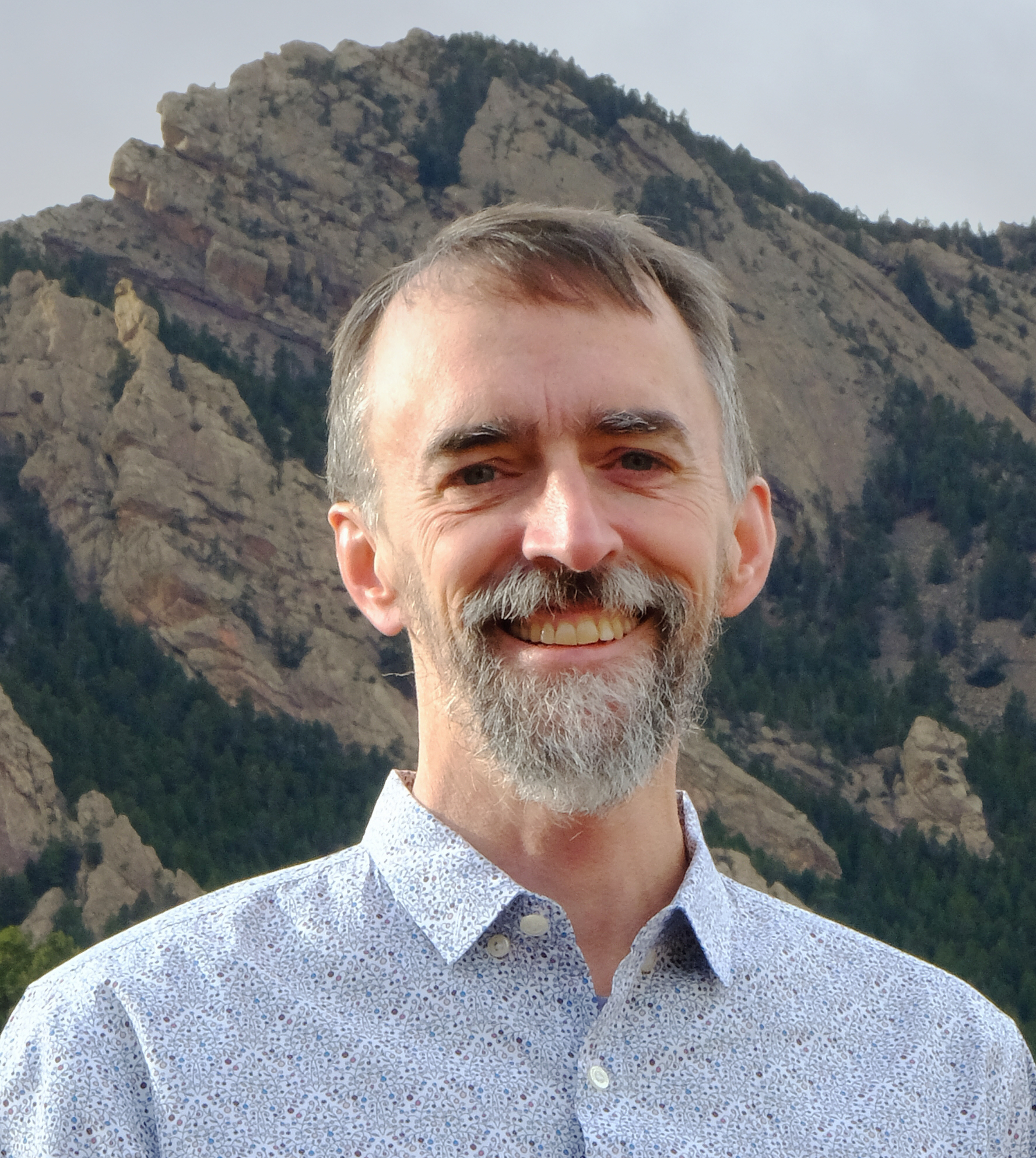Next Gen Navigator
School, District, and State Implementation of the Next Generation Science Standards
Posted on 2022-09-29

Disclaimer: The views expressed in this blog post are those of the author(s) and do not necessarily reflect the official position of the National Science Teaching Association (NSTA).
Looking Back and Looking Forward at Implementation of the Framework’s Vision for Equitable Science Teaching
A total of 48 states and the District of Columbia have now adopted standards based on A Framework for K–12 Science Education (National Research Council 2012). But adoption is just one important step in implementation. As science education leaders know, helping students, families, educators, and other leaders in school systems and communities move toward realizing the vision of the Framework takes a long time.
The first wave of standards taught us much about what is required to support standards implementation. First, curriculum is key. Good instructional materials are important because they provide models for what a new vision of teaching and learning can look like in practice (Cohen and Hill 2001). Second, both teachers and leaders need sustained opportunities to learn. When professional development is coherent, sustained, and focused on practice, educators can and do make significant changes to their teaching (Supovitz and Turner 2000). Third, policy makers and leaders at different levels of the system—federal, state, and local—need to create a coherent infrastructure of support for new standards. That is, they need to ensure that available instructional materials and professional development opportunities, as well as assessments and systems for teacher evaluation, are aligned to the new vision (Linn et al. 2008).
What the first wave of standards reform did not prepare us well for is how to make progress on goals for promoting equity and justice in science education. The Framework’s vision calls for science education in which all students have opportunities to pursue questions that matter to them and their communities, using science and engineering practices. Further, it calls for a more just distribution of such opportunities across our systems. Science education as a field has few strong models for how to effect such changes, particularly at the scale of the nation, state, and district—much less at the scale of a school. As Paulo Freire, paraphrasing a Spanish poem, once said about education and social change, “We have to make the road by walking it” (Horton and Freire 1990).
The writers of these posts in this edition of Next Gen Navigator are all making the road to equity in science education by walking it. Each has faced considerable headwinds in implementation with ingenuity, strategy, and advocacy. Each works at a different level of the system, and all offer their perspective on what has worked well, what has been challenging, and what remains to be done.
- Maya Garcia and Amy Stephens take a national view of implementation, summarizing key insights from the recent National Academies Summit, Taking Stock of NGSS Implementation.
- Breigh Rhodes, Tana Luther, and Molly Talbot describe their work within the Louisiana Department of Education to incentivize and support district adoption and use of high-quality instructional materials and related high-quality professional learning as a strategy for promoting equitable implementation of science standards.
- Beth Vinson and Douglas Watkins discuss their work as district leaders in Denver Public Schools in partnership with University of Colorado Boulder to develop instructional materials in secondary science and support teachers in sustained professional development focused on equitable, ambitious science teaching.
- Autumn Rivera, Colorado Teacher of the Year in 2022, describes the challenges and successes of implementation within her own classroom and those of colleagues from the perspective of a teacher in a rural area with few opportunities for sustained professional learning.
As you read these pieces, I encourage you to look not just at the specific work, but also at the examples these educators have set for how to enact leadership in a time when resources have been relatively scarce and political challenges many. They will inspire you!
References
Cohen, D. K., and H. C. Hill. 2001. Learning policy: When state education reform works. New Haven, CT: Yale University Press.
Horton, M., and P. Freire. 1990. We make the road by walking: Conversations on education and social change. Philadelphia, PA: Temple University Press.
Linn, M. C., Y. Kali, E. A. Davis, and P. Horwitz. 2008. Policies to promote coherence. In Designing coherent science education, ed. Y. Kali, M. C. Linn, and J. E. Roseman 201–210. New York, NY: Teachers College Press.
National Research Council (NRC). 2012. A framework for K–12 science education: Practices, crosscutting concepts, and core ideas. Washington, DC: National Academies Press. https://doi.org/10.17226/13165
Supovitz, J. A., and H. M. Turner. 2000. The effects of professional development on science teaching practices and classroom culture. Journal of Research in Science Teaching 37 (2): 963–980. https://doi.org/10.1002/1098-2736(200011)37:9<963::AID-TEA6>3.0.CO;2-0
Acknowledgment
This material is based in part upon work supported by the National Science Foundation under Grant Number DRL-1920249. Any opinions, findings, conclusions, or recommendations expressed in this material are those of the author(s) and do not necessarily reflect the views of the National Science Foundation.

William R. Penuel
Next Gen Navigator Guest Editor
William R. Penuel is Distinguished Professor of Learning Sciences and Human Development in the Institute of Cognitive Science and School of Education at the University of Colorado Boulder. He is a member of the Board on Science Education at the National Academies of Sciences, Engineering, and Medicine; leader of the inquiryHub and Advancing Coherent and Equitable Systems of Science Education (ACESSE) research-practice partnership; and director of the Developers Consortium for OpenSciEd High School.
>> Taking Stock of Implementation Across the States
By Maya Garcia and Amy Stephens
>> Supporting Implementation With High-Quality Instructional Materials and Professional Learning: A Perspective From Louisiana
By Breigh Rhodes, Tana Luther, and Molly Talbot
>> Denver Public Schools' Journey to K–12 NGSS-Aligned Teaching and Learning
By Beth Vinson and Douglas Watkins
>> NGSS Implementation in a Rural Mountain School: A Veteran Teacher’s Perspective
By Autumn Rivera
Note: The Next Gen Navigator is an e-newsletter from NSTA delivering information, insights, resources, and professional learning opportunities for science educators by science educators focusing on the themes highlighted in Call to Action for Science Education and on the Next Generation Science Standards and three-dimensional instruction. Click here to sign up to receive the Navigator.
The mission of NSTA is to transform science education to benefit all through professional learning, partnerships, and advocacy.
NGSS Three-Dimensional Learning


